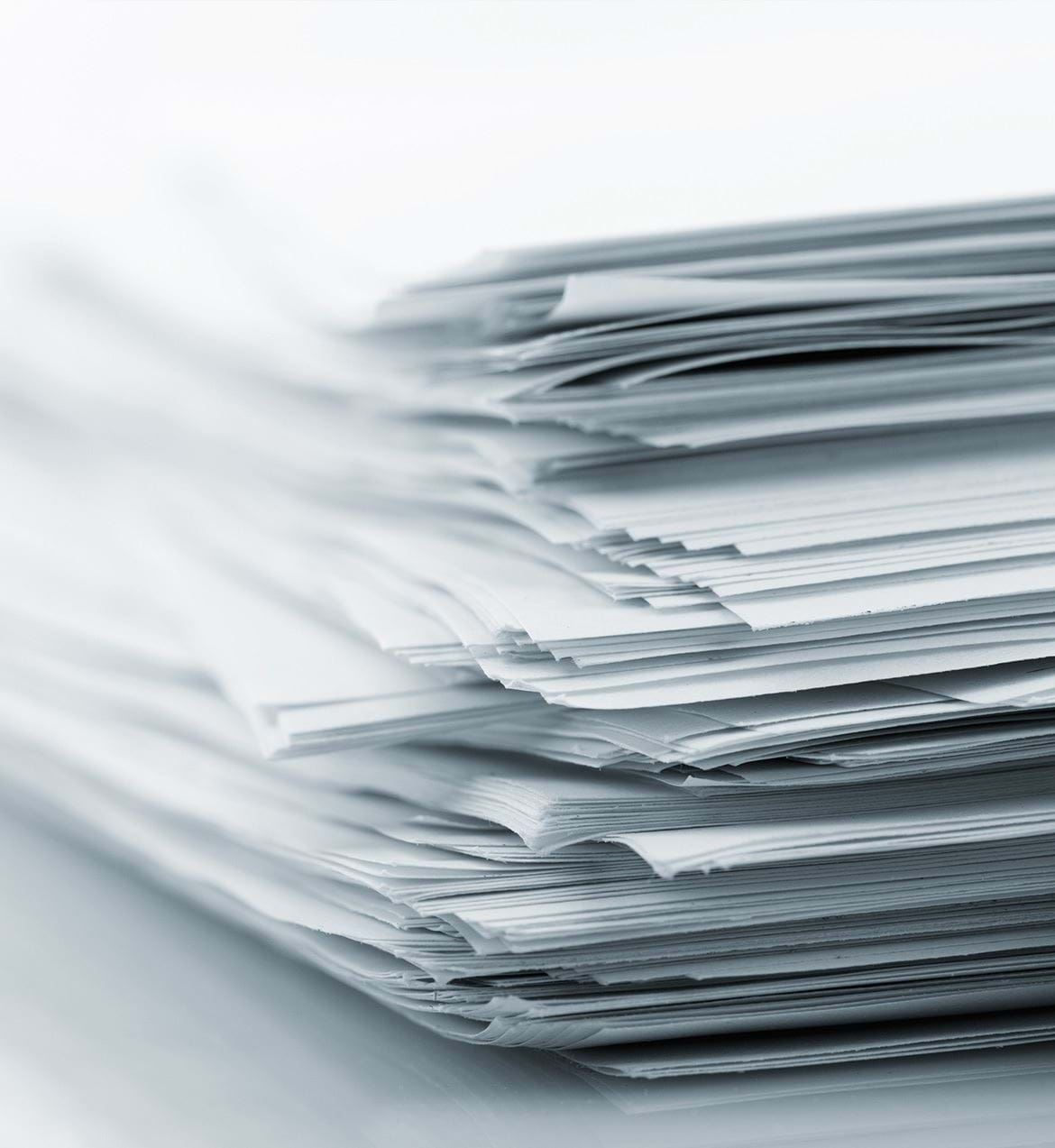International Fire Trainings and Presentations for Voluntary Non-Governmental Organizations
A- Free Training Notes
1- Voluntary Fire Leader
2- Voluntary Country Analysis : Free trainings in the scope of International Cooperation for Protecting World Natural Life Against Fires
3- Pre-risk analysis, macro pre-planning study, national park fire defense plan according to modelling principles for one plot ecosystem from each country?
(The cities mostly encountering with fire in Greece,France,Spain,Canaria,Portugal,Cyprus,Malta,Crotia,Bali,Australia,USA, Cuba)’’
4- Forest area borders
5- Dominant wind directions (cyclone and anti-cyclone, rotation of the earth, equator round, thermal belts)
6- Central point of settlement centers (junction analysis), beaches and bays
7- Distance to city fire brigade? (the farthest junction)
8- Waiting days, seasons, hours for critical fire risks
9- Meteorological criteria ( Temperature >30 C, wind >3 m/seconds, moisture < %50 ).. daylight active defence hours 11:30 – 18:30 (1 hour before sunset)
10- Waiting, observing and responding points for voluntary motorcycle teams, small trucks, climbers and walkers.
11- Daily voluntary fire watch procedure sending information about starting point, images, situation before returning in the evening, last image and last location to fire brigades via mobile phone. ( The costs of food-beverage and fuel in the days when the volunteers work shall be paid by fire brigade. )
12- Visual warning system to crisis center via mobile phones in case of fire.
13- Analysis of unnoticeable canyons and sight from the most dominant point by means of Google Earth Pro.
14- Water carrying apparatus which can respond to the fire (fixed or mobile boxes to be assembled to motorcycles or small trucks)
15- Signal flare giving information of fire
16- Weather conditions to be monitored actively? Pointing out direction of drying winds and accordingly increased temperature.
17- Focusing on increasing meteorological movement and human density (number of vehicle, exhaust gas emission, sound level or consumption of electric energy or water) in the areas having the highest risk level offered by the model
18- Satellite images and topographic maps (Google Earth and SRTM Satellite images) providing main data support by means of remote sensing technics of the model
19- Gathering information about the situation of the area and surrounding (air, water, earth, land cover, biotope, erosion etc.) according to the primary subjects determined for all member countries of European Union, and investigating maps prepared according to physical and stabile surface characteristics in the scope of Corine Project (Coordination of Information on the Environment) including “Land Cover” maps.
2- SOME SUGGESTIONS FOR INTERNATIONAL COOPERATION AND MANAGEMENT OF




